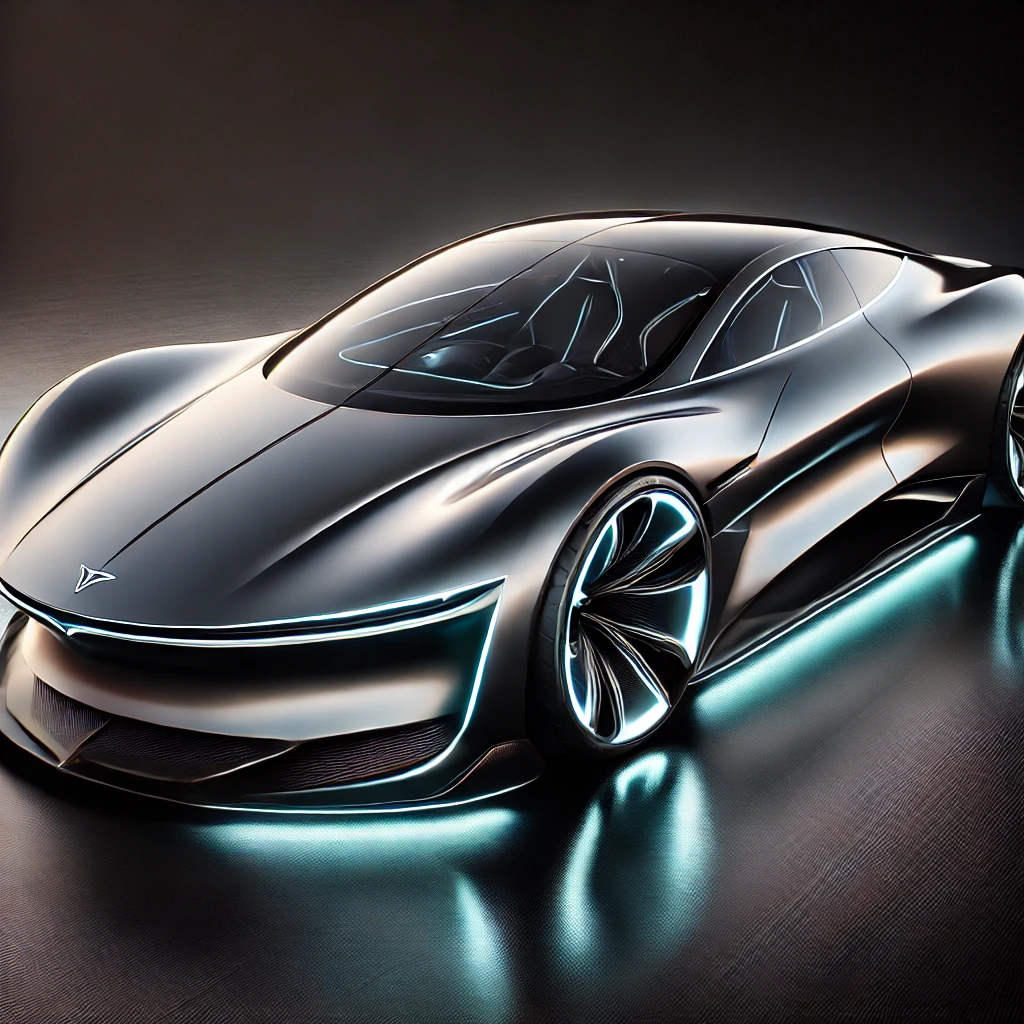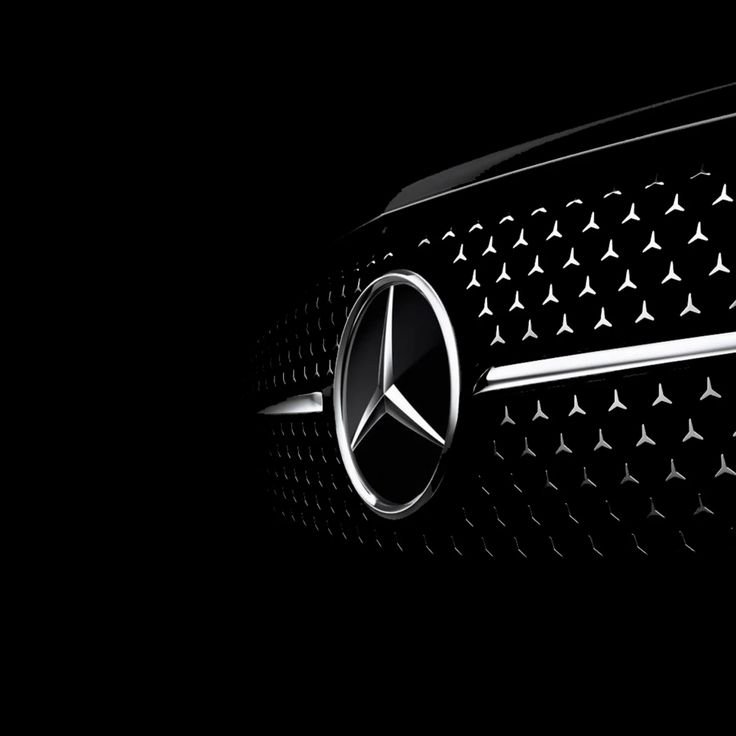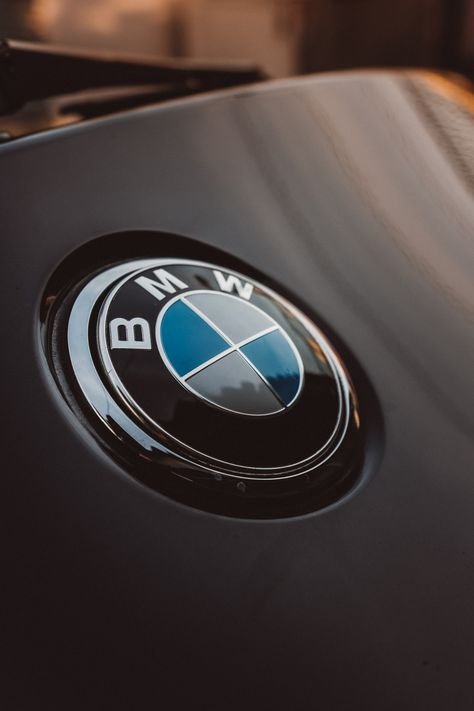
The automotive industry is on the brink of a design revolution. As technology advances and consumer preferences evolve, the way we think about car design is changing rapidly. From the integration of artificial intelligence and autonomous driving capabilities to the emphasis on sustainability and personalized user experiences, the future of automotive design promises to be both innovative and transformative. This article explores the key trends that are set to shape the future of automotive design, offering insights into what we can expect from the cars of tomorrow.
1. Electrification and Sustainable Design
Shift to Electric Vehicles (EVs)
One of the most significant trends in automotive design is the shift towards electric vehicles (EVs). As governments and manufacturers commit to reducing carbon emissions, the demand for EVs is rising. This transition is driving a fundamental change in vehicle design, as electric powertrains replace traditional internal combustion engines (ICEs).
Impact on Design
The absence of a traditional engine allows for more flexibility in vehicle design. Designers can reimagine the layout of cars, creating more spacious and innovative interiors. The compact nature of electric motors and the placement of battery packs under the floor also lower the vehicle’s center of gravity, improving handling and stability.
Use of Sustainable Materials
Sustainability is becoming a core focus in automotive design. Manufacturers are increasingly using recycled and renewable materials to reduce the environmental impact of vehicle production. Innovations such as vegan leather, recycled plastics, and natural fibers are being incorporated into car interiors, aligning with the broader trend towards eco-friendly products.
2. Autonomous Driving and AI Integration
Autonomous Vehicle Development
Autonomous driving technology is advancing rapidly, with many manufacturers aiming to bring fully autonomous vehicles (AVs) to market in the coming years. The development of AVs is reshaping the way designers think about car interiors and exteriors.
Redesigning Interiors for Autonomy
In a world where cars can drive themselves, the interior design will undergo a significant transformation. Without the need for a human driver, traditional components like steering wheels and pedals may become obsolete. This opens up opportunities to create more flexible and multi-functional interior spaces. Cars could feature lounge-like seating arrangements, entertainment systems, and workstations, turning the vehicle into a mobile living or working space.
Advanced AI Systems
AI integration is not limited to autonomous driving. Advanced AI systems are being used to enhance safety, comfort, and convenience. Features such as adaptive cruise control, lane-keeping assist, and automated parking are becoming standard. In the future, AI will play an even greater role, enabling personalized driving experiences and predictive maintenance.
3. Connectivity and Smart Features
Internet of Things (IoT) Integration
The integration of the Internet of Things (IoT) into automotive design is creating smarter and more connected vehicles. IoT enables cars to communicate with each other, as well as with infrastructure and external devices, leading to safer and more efficient transportation systems.
Connected Car Features
Connected car features include real-time traffic updates, remote diagnostics, and over-the-air software updates. These features enhance the driving experience by providing drivers with up-to-date information and seamless connectivity.
Personalization through Connectivity
Connectivity also enables greater personalization. Vehicles can learn drivers’ preferences and automatically adjust settings such as seat position, climate control, and infotainment options. In the future, cars will offer even more tailored experiences, adapting to individual needs and preferences.
4. Advanced Materials and Manufacturing Techniques
Lightweight Materials
The use of lightweight materials is a critical trend in automotive design, driven by the need to improve fuel efficiency and performance. Advanced materials such as carbon fiber, aluminum, and high-strength steel are increasingly being used to reduce vehicle weight without compromising safety or durability.
3D Printing and Additive Manufacturing
3D printing and additive manufacturing are revolutionizing the way cars are designed and produced. These technologies allow for the creation of complex and customized parts with greater efficiency and lower costs. They also enable rapid prototyping, reducing the time it takes to bring new designs to market.
5. Aesthetic Evolution
Futuristic and Minimalist Designs
As technology advances, car aesthetics are evolving towards more futuristic and minimalist designs. Clean lines, smooth surfaces, and integrated lighting elements are becoming more common, reflecting a modern and high-tech aesthetic.
Customization and Individuality
Customization is another key trend in automotive design. Consumers increasingly seek vehicles that reflect their personal style and preferences. Manufacturers are responding by offering a wider range of customization options, from exterior colors and finishes to interior materials and configurations.
6. Enhanced Safety Features
Advanced Driver Assistance Systems (ADAS)
Safety remains a top priority in automotive design. Advanced Driver Assistance Systems (ADAS) are becoming more sophisticated, incorporating features such as automatic emergency braking, blind-spot detection, and cross-traffic alerts. These systems use sensors, cameras, and radar to monitor the vehicle’s surroundings and assist the driver in avoiding accidents.
V2X Communication
Vehicle-to-everything (V2X) communication is an emerging technology that enables cars to communicate with each other and with infrastructure such as traffic lights and road signs. V2X enhances safety by providing real-time information about road conditions, traffic patterns, and potential hazards, allowing drivers to make more informed decisions.
7. Mobility as a Service (MaaS)
Rise of Shared Mobility
The concept of Mobility as a Service (MaaS) is gaining traction, with a shift towards shared and on-demand transportation solutions. Ride-sharing, car-sharing, and autonomous ride-hailing services are becoming more popular, leading to changes in vehicle design and usage.
Designing for Shared Use
Vehicles designed for shared mobility need to accommodate frequent use by different users. This requires durable materials, easy-to-clean interiors, and flexible seating configurations. Additionally, digital interfaces that simplify the booking and payment processes are essential for seamless user experiences.
8. Sustainable Urban Mobility
Focus on Urban Transportation
As urbanization continues, there is a growing focus on designing vehicles for urban environments. Compact and efficient electric vehicles, including e-scooters, e-bikes, and microcars, are being developed to address the challenges of urban mobility, such as congestion and pollution.
Integration with Public Transportation
Future automotive design will also emphasize integration with public transportation systems. This includes the development of multimodal transportation hubs and seamless transitions between personal vehicles and public transit options.
9. User Experience (UX) and Human-Machine Interface (HMI)
Intuitive Interfaces
The user experience (UX) and human-machine interface (HMI) are becoming central to automotive design. Intuitive and user-friendly interfaces are essential for ensuring that drivers can easily interact with the vehicle’s systems and features.
Gesture and Voice Controls
Gesture and voice controls are emerging as key components of HMI. These technologies allow drivers to control various functions without taking their hands off the wheel or their eyes off the road, enhancing both convenience and safety.
10. Energy Efficiency and Aerodynamics
Aerodynamic Design
Improving aerodynamics is crucial for enhancing energy efficiency and performance. Automotive designers are focusing on reducing drag through sleek and streamlined shapes, active aerodynamics, and innovative features such as retractable door handles and aerodynamic wheels.
Energy Recovery Systems
Energy recovery systems, such as regenerative braking, are being integrated into vehicle designs to capture and reuse energy that would otherwise be lost. These systems contribute to improved efficiency and range, particularly in electric and hybrid vehicles.
The future of automotive design is set to be shaped by a multitude of trends, each contributing to the evolution of vehicles in the digital age. From the shift towards electrification and sustainability to the integration of advanced technologies and the emphasis on user experience, these trends are driving innovation and redefining what is possible in automotive design.
As we move forward, the collaboration between designers, engineers, and technologists will be essential in creating vehicles that not only meet the needs of consumers but also address the broader challenges of mobility, sustainability, and safety. The cars of the future will be smarter, more efficient, and more personalized than ever before, offering a glimpse into a new era of automotive excellence.
ALSO READ: Tata Motors and Mahindra & Mahindra’s Bold Pricing Strategy





